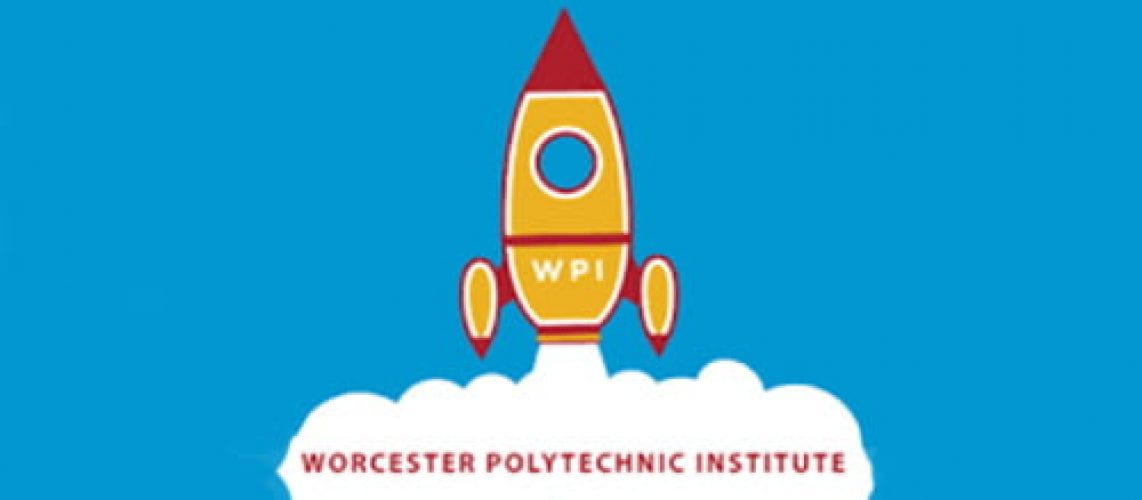This module will help you take the first steps of any game design process. Both physical and digital game developers call this the “prototyping” stage. By the end, you will gain an understanding of how to make a game from your personal experiences and imagination.
Have no clue what prototyping is? Have a listen to this talk by Mark Barrett at GDC:
Necessary Tools: Paper, a writing utensil, and game bits (dice, pawns, spinners, etc.)
Before you get started without any game idea at all, you should read Chapter 2 of Jesse Schell’s The Art of Game Design. (At the bottom of the webpage, there is a link to begin a free 10-day trial in order to access the book.) It provides a great introduction for how to redefine your own experiences in a way that works for games.
Once you have an idea in mind, the next design step is a paper prototype. Basically, you just make sure that the ideas for your game are down on paper. It might come as a surprise, but this works wonders for physical games AND digital games alike! If paper really isn’t your thing, we recommend a mind-mapping tool such as bubbl.us.
The last step is easy: test out your game! Meet with your friends or family and see what they have to say about it, based on what you’ve put on paper (or on your mind map). If the prototype didn’t let them have the experience you wanted them to have, simply grab your tools and give it another go. Otherwise, that’s it! Now you can start to make the real deal.
Our other training modules will help you with specific skills that you might need to learn in order to bring your game to life.
